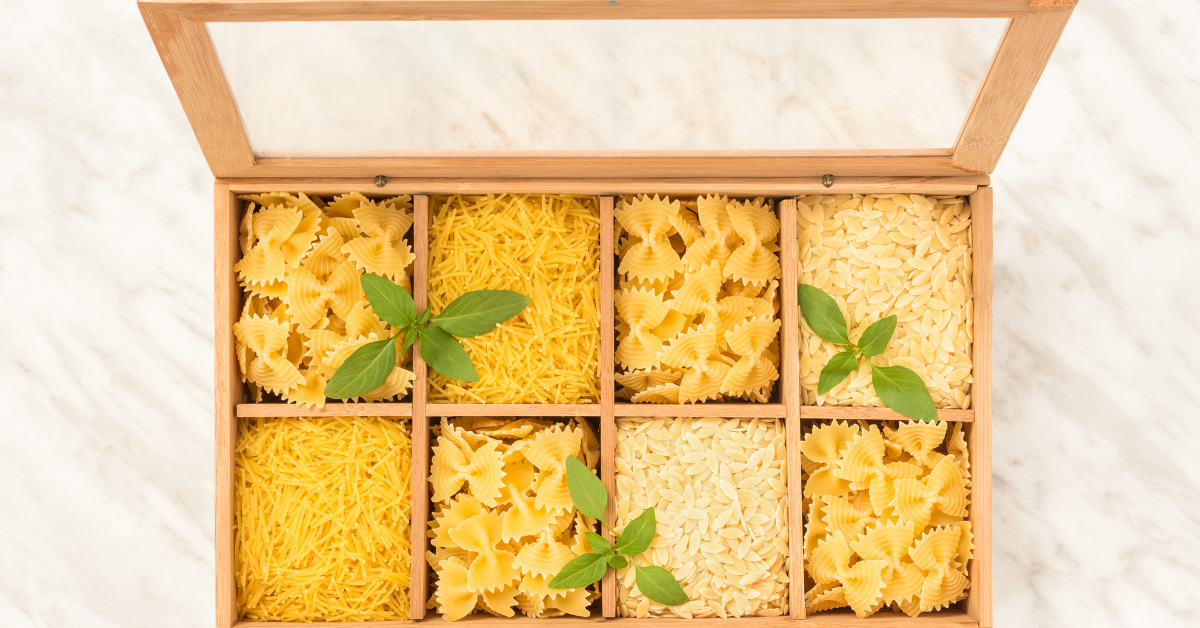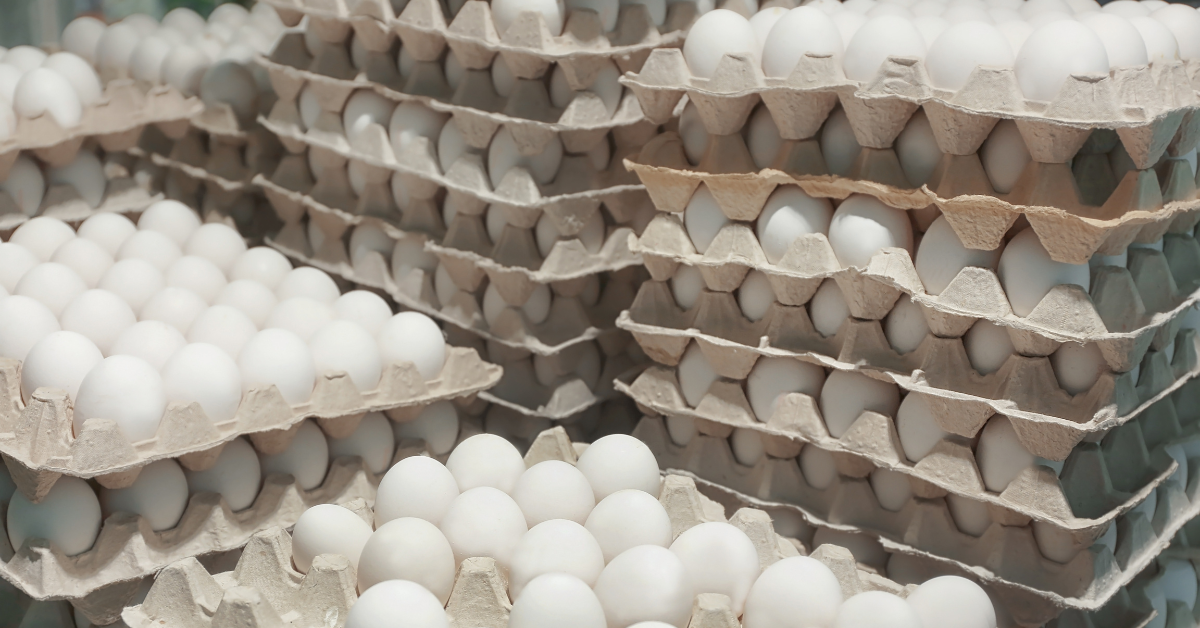Being prepared for the unexpected is a full-time job. It’s a priceless (and thankless) endeavor that doesn’t remunerate with money or merits. However, when emergencies strike and threaten you and your family's livelihood, your self-reliant investment will pay off massively if you have a good survival plan in place.
We’ve created the following article to kickstart your survival planning. Keep reading to learn about the non-negotiables of high-quality survival plans, and for some pro tips to help ensure your planning is as effective as possible.
The Non-Negotiables of Survival Plans
When it comes to crafting a survival plan, there are a lot of directions you can go. That is why survival planning is so intriguing—you customize your emergency preparedness to tailor your household and the threats it faces.
That said, it is essential to note that there are certain non-negotiable items that should be included in your survival plan. Below are six categories that we recommend including in any well-crafted survival plan.
Shelter Plan

In a survival scenario, shelter and proper protection from the elements should be your priority. We cannot stress this point enough.
For most people, their home is their survival shelter. In an ideal scenario, they can stay home and remain protected from the elements, like rain, extreme heat, or snow, and survive with the supplies they’ve prepared in theirprepper pantry.
However, what if you need to bug out? What if your home or neighborhood becomes unsafe? Do you have a bug-out location to evacuate to? Do you have the supplies necessary to create an improvised survival shelter?
There is a lot to consider in terms of adequate shelter. Start with making a survival plan for the home you currently live in. Then, prepare for various scenarios in case you need to leave your home.
Water Planning
In a survival plan, after securing a safe and reliable shelter, water should be your number two priority. Typically, the recommendation is one gallon of water per person daily for hydrating and washing.
Most of us are used to turning on the tap and having safe drinking water. However, in the aftermath of a disaster, the municipal water source you’ve depended on for years may get shut off or become unreliable.
Therefore, your survival plans need to include a solution for accessing water. This could be as simple as drawing from the reserves you have in the basement. But we also recommend including tactics for harvesting and treating water in your survival planning.
We recommend having at least two methods for collecting, filtering, and treating water. The methods you employ may vary based on your scenario.
Food Plans

In a survival scenario, food should be your third priority. The food you require to survive depends on various small details.
- Your personal preferences or dietary requirements; for example,gluten-free survival food for individuals with a gluten allergy or celiac disease.
- The size of your family.
- Theminimum amount of calories you and your family need to survive (which is based on age, sex, weight, and lifestyle).
- The time of year.
- Your ability (or inability) to cook and prepare food.
- Your access to water.
- The shelf-life of your food.
- How you like to preserve food—pickling, canning, freeze-drying, dehydrating, freezing, drying, etc.
We are very passionate about survival food. We believe creating nutritious (and delicious) shelf-stable food is possible. Gone is the day of freeze-dried or dehydrated food that tastes like cardboard and expires quickly. Nowadays, there is no reason to settle for anything less than nutritious, cleanemergency food that lasts 25 years.
[product_render product-handle="5-entree-pack"]
First Aid Planning

After the onset of a disaster, it is not uncommon for first responders, urgent care facilities, and hospitals to become overwhelmed with injured and sick people. When this is the case, receiving the medical attention you require becomes much more challenging. Therefore, your survival plan should include tactics and supplies for performing first aid at home or on the go.
Filling your hallway closet and bug-out bags with first aid supplies, medications, and prescriptions is an excellent first step. However, the skills required to put those supplies to work are even more necessary for your survival plan.
That is why we recommend takingfirst aid and CPR classes. And if you are interested in performing first aid in more wilderness environments, we recommend taking a wilderness first aid orwilderness first responder class.
Communication Planning
In an emergency, we recommend having a communication plan. Your communication plan should include the following details:
- Communication tactics to get ahold of family members who may not be at home, trusted neighbors, and emergency services.
- Methods to communicate if cell towers are destroyed.
- Emergency radios for receiving vital messages from governing bodies and emergency services.
- Alternate emergency contacts in workplaces and schools.
- A rallying plan for your family in case you are separated at the onset of a disaster.
Security Plans
When we think of security in a survival plan, we think about two things:
- Securing your home and personal belongings to protect them from impending damages.
- Securing your family and yourself from unwanted threats.
Having the plan to secure your home and protect it from impending damages will significantly enhance your ability to survive. This is especially true in preparing for natural disasters like floods, fires, and blizzards.
If you decide to bug in during a hurricane, tornado, or another natural disaster, you must take precautions to prepare your home for waiting out the storm; for example, filling sandbags and boarding windows.
The steps you will take will vary based on what you are preparing for, so we won’t go into details in this article. But the fact remains the same—securing your home is a non-negotiable in your survival plan.
The second part of security involves securing your family and yourself from unwanted threats. Unfortunately, in the aftermath of a disaster, the world can become even scarier when the people around you show their true colors.
Therefore, it’s imperative to have a security and self-defense plan to keep your family and belongings safe. This could mean installing security cameras, taking a self-defense course, and investing in self-defense-related equipment.
Power and Fuel Plans
In a survival scenario, electricity is incredibly helpful. We use electrical power to heat our homes, charge our devices, and power our household appliances.
But during emergencies and natural disasters, it is common to lose electrical power. If this is the case, do you have a backup power plan? Every high-quality survival plan ought to include a power plan. Here are some ideas:
- Solar panels on the roof or portable panels to charge devices.
- Rechargeable auxiliary batteries to power electrical devices.
- Emergency generators that are rechargeable or run off of fuel.
Electricity is one of many things you need to think about when creating your survival plans. We recommend also considering gas and fuel in your preparations.
Do you heat your home with natural gas? Do you cook with gas? If you answered yes to these questions, you should have a backup plan.
In considering gas and fuel during a survival scenario, we recommend focusing on the following two items:
- How to cook without electricity or natural gas.
- How to make heat without electricity or natural gas.
The good news is, there are various ways to heat your home and cook food without the natural gas or electricity you have become accustomed to. To prepare for losing power to heat, we recommend updating the insulation in your home; for example, renovating your windows. We also recommend investing in warmer clothes, blankets, and sleeping bags.
In case you lose access to your usual mode of cooking or baking, we recommend getting acquainted with portable propane and butane stoves. If you have the luxury of a fireplace or wood-burning stove, then we also recommend learning to boil water and cook food with wood as your fuel.
Sanitation, Hygiene, and Self-Care Plans

Proper sanitation and hygiene are often the first defense against getting sick; that is why washing your hands is so important. But what if the water goes out and you cannot wash up like normal? Or worse, what happens when you can no longer flush your toilet? Have you thought about a backup plan like a bucket toilet?
Devising a sanitation plan for personal hygiene is a critical component of survival planning. A plan for equitably disposing of sewage and waste should not be forgotten either.
We also consider self-care in this category. Tasks like brushing teeth, bathing, brushing hair, and performing skincare rituals keep our bodies happy and healthy. These tasks will become more complicated without reliable access to water or electricity during a survival scenario. However, you should still do them.
5 Tips for Survival Planning
-
Keep it simple: It’s easy to get carried away with wanting to construct multi-million dollar survival basements underneath your mansion and bug-out locations in retired underground missile silos. We encourage you to refrain from believing that those survival plans are the way to go. On the contrary, there is a lot you can do in your home with a simple (but thorough) survival plan. Someemergency food and some water go a long way in a good survival plan.
-
Test and practice: Learning new skills and investing in survival supplies is an excellent place to start. However, we recommend testing the new equipment “in the field” and practicing your skills, so that if the moment comes, you’re ready. For example, if you invest in a new tent for your bug-out bag, pitch it in the backyard a few times.
-
Revisit your plan: Things change with time. As your family grows, as you move houses, and as the threats change, it’s essential to revisit your survival plans and improve them. Additionally, don’t forget to review and maintain your supplies; medications expire, batteries lose power, and food can spoil.
-
Build redundancy into your plans: You need more than one plan. It will be imperative to have backup plans and backups for your backups. For example, turning on your emergency generator is ideal if the lights go out, but what if it runs out of fuel? Or, if you have evacuated, how many methods for collecting and filtering water do you have?
-
Find your community: You are not the only prepper interested in survival planning to keep your family safe and remain self-reliant in the face of disaster. There is a lot to learn from other, more experienced preppers.Join our Facebook group to see what we mean.
Final Thoughts on Survival Plans
Sometimes, digging out the backyard for aDIY root cellar, working in the garden, or spending money on survival supplies may not seem worth it. In these moments, persistence and discipline are key.
Remember that the end goal of surviving and keeping your family more comfortable in the face of a stressful and scary disaster is worth it.
For more helpful articles like this one, visit ourPractical Prepper Blog. Have questions about afood storage subscription? Tospeak with one of our product experts, schedule a meeting today. We are here to help.




